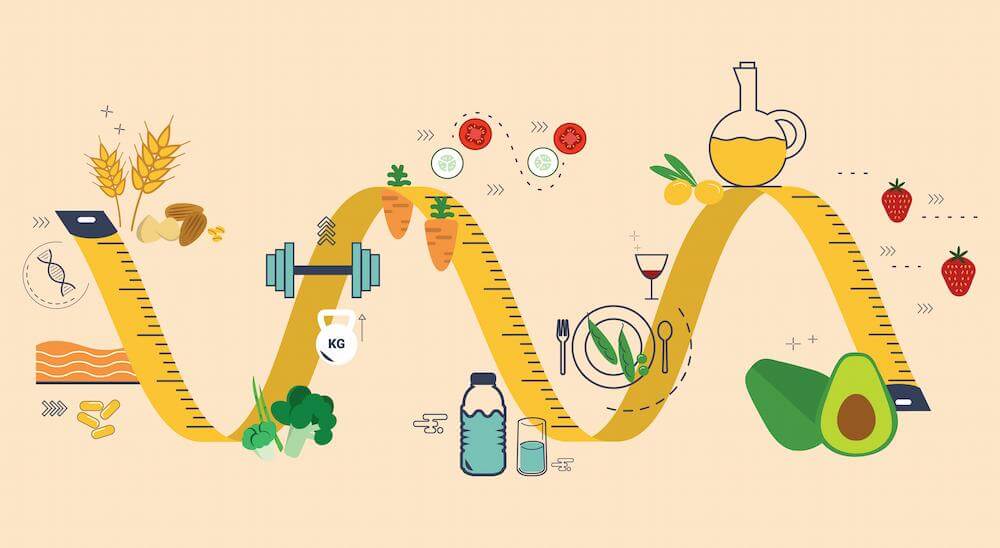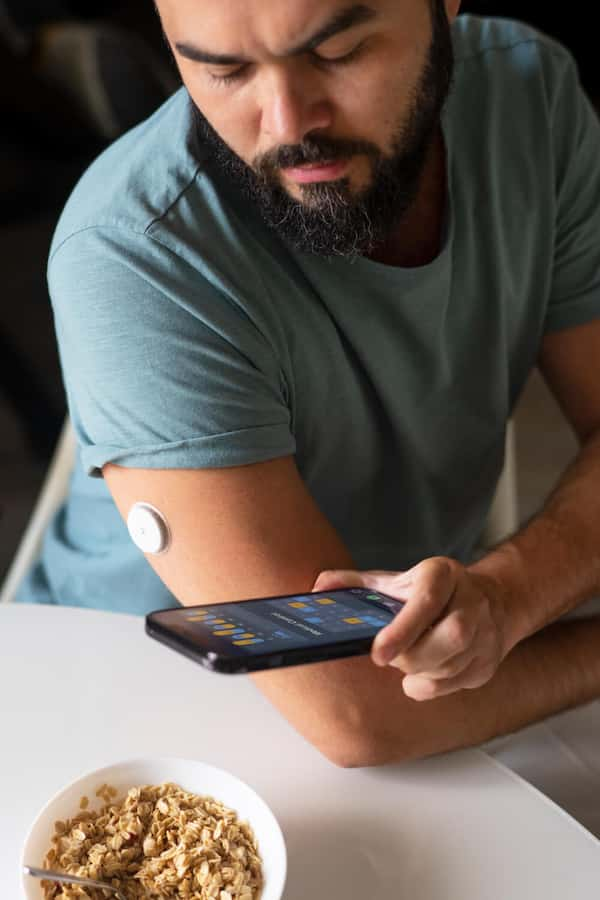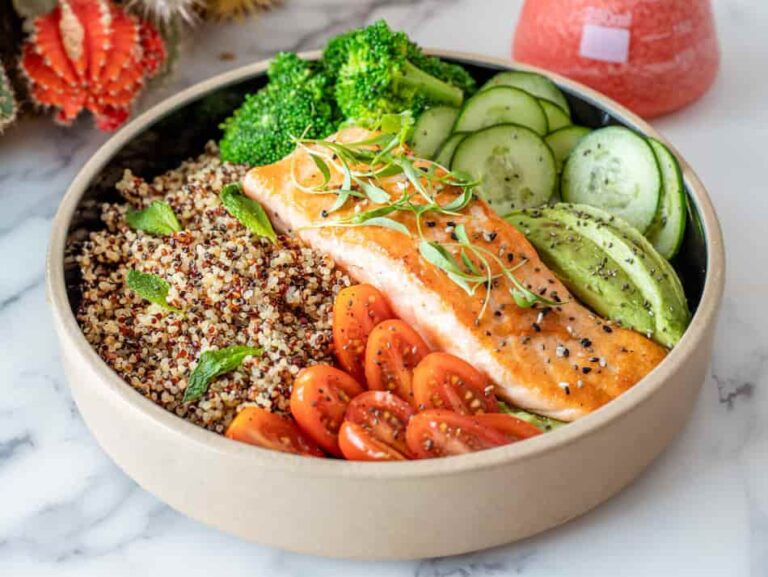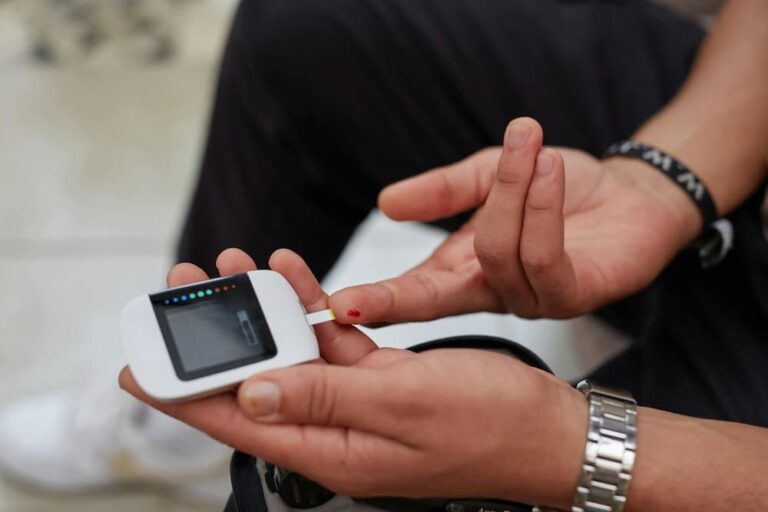If you’re managing Type 1 Diabetes, you’ve likely heard the term “Glycemic Index” (GI) thrown around. It sounds technical, a bit intimidating, and like something you should probably know about but maybe haven’t had the energy to fully dive into. I get it. We already have to be part-time mathematicians, pharmacists, and psychologists—do we really need to add “food scientist” to the list?
The answer is a reluctant yes, but I promise it’s easier than it sounds. Understanding the Glycemic Index is like unlocking a cheat code for your blood sugar management. It’s the difference between eating a banana and feeling fine versus eating the same banana and spending the next three hours on a blood sugar rollercoaster.
This isn’t just another boring chart. This is your practical, no-nonsense guide to the Glycemic Index: what it is, what it isn’t, and how to use this knowledge to make your life with T1D easier, more predictable, and a whole lot less stressful.
📈 What Exactly is the Glycemic Index (GI)?
Let’s demystify this. The Glycemic Index is a ranking system for carbohydrate-containing foods. It measures how quickly a food causes your blood sugar levels to rise after eating it. Foods are ranked on a scale from 0 to 100, using pure glucose (which has a GI of 100) as the benchmark.
- Low GI (1–55): These are the “slow and steady” foods. They are digested and absorbed slowly, leading to a gradual, gentle rise in blood sugar. Think of them as a gentle hill.
- Medium GI (56–69): These are the middle-of-the-roaders. They raise blood sugar at a moderate pace. A respectable, but manageable, incline.
- High GI (70–100): These are the “fast and furious” foods. They are rapidly digested, causing a sharp, quick spike in blood sugar. Think of them as a steep, sudden cliff.
For someone whose pancreas is on a permanent vacation, knowing the difference between a hill and a cliff is a game-changer for timing your insulin.
🤔 Hold On, What About Glycemic Load (GL)?
Just when you thought you had it figured out, enter Glycemic Load (GL). If GI tells you how fast a carb will raise your blood sugar, GL tells you how much it will raise it, taking into account the actual amount of carbs in a typical serving.
Expert Insight: “Glycemic Load is a more accurate predictor of blood glucose response and should be considered alongside GI.” — Harvard T.H. Chan School of Public Health, The Nutrition Source
The Classic Example: Watermelon
- Watermelon’s GI: 72 (High)
- Watermelon’s GL: 4 (Low)
What does this mean? A bite of watermelon will raise your blood sugar quickly (high GI), but because watermelon is mostly water and has very few carbs per serving, it won’t raise your blood sugar very high (low GL).
The Takeaway: GI is great for understanding the speed of a food’s impact (crucial for insulin timing), while GL gives you a better picture of the overall magnitude of the impact. For day-to-day management, GI is often the more practical tool to start with.
🍞 The Ultimate Glycemic Index Chart: Common Everyday Foods
Here’s a handy, easy-to-read chart of common foods. Use it as a starting point to understand the foods you eat most often.
| Food Category | Low GI (1-55) | Medium GI (56-69) | High GI (70-100) |
| Breads & Grains | Whole-grain bread, sourdough, rolled oatmeal, quinoa, barley, bulgur | Whole wheat bread, rye bread, basmati rice, couscous | White bread, bagels, instant oatmeal, corn flakes, white rice, rice cakes |
| Fruits | Apples, pears, berries, cherries, grapefruit, peaches, plums | Bananas (less ripe), pineapple, mango, kiwi, oranges | Watermelon, dates, bananas (very ripe) |
| Vegetables | Carrots, broccoli, cauliflower, spinach, tomatoes, peppers (most non-starchy veggies) | Sweet corn, beets | Potatoes (boiled or baked), pumpkin |
| Legumes | Lentils, chickpeas, black beans, kidney beans (almost all are low GI) | N/A | N/A |
| Dairy & Alternatives | Whole milk, Greek yogurt (plain), soy milk, almond milk | Ice cream (fat slows absorption) | N/A |
| Snacks & Sugars | Nuts, dark chocolate (70%+), hummus | Popcorn, honey, table sugar (sucrose) | Pretzels, rice crackers, jelly beans, glucose tablets |
💡 How to Actually Use This Chart for Better T1D Management
Okay, you have the chart. Now what? Knowledge is useless without application. Here’s how to turn this chart into your secret weapon.
This is the most powerful application of GI.
- High-GI Meal (e.g., White Rice & Chicken): This food will hit your system FAST. You need to give your insulin a head start. Try pre-bolusing 20-30 minutes before you start eating.
- Low-GI Meal (e.g., Lentil Soup & Whole-Grain Bread): This meal will digest slowly. If you pre-bolus too early, you risk going low before the food even kicks in. Try bolusing 5-10 minutes before or even as you take your first bite.
Never let a high-GI food go into battle alone! Always pair it with its low-GI friends: Protein, Fat, and Fiber.
- Eating a high-GI apple? Pair it with a handful of almonds (fat/protein).
- Having a bowl of white pasta (high GI)? Make sure it has a hearty meat sauce (protein/fat) and a large side salad with vinaigrette (fiber/fat).
These pairings act like a speed bump for digestion, blunting the sharp spike.
This is a universal truth in the T1D world. My body’s response to a banana might be completely different from yours. Use this chart as a starting point, but always test, observe, and adjust. Keep notes in your head or a logbook. “Last time I ate oatmeal, it was a slow rise. Next time, I’ll pre-bolus a little less.”
A low-GI food is not a “free” food. Eating a massive bowl of lentil soup will still raise your blood sugar significantly—it will just do it more slowly. The total amount of carbs you eat still matters. A lot.
🛒 Can You Find the Glycemic Index on Food Labels?
It’s a great question—but unfortunately, in most countries, the answer is no. Food manufacturers are not required to list the GI on packaging. So, how do you shop smart?
- Become a Label Detective: Scan the ingredients list. If the first few ingredients are sugar, glucose syrup, white flour, or corn starch, it’s a safe bet the product is high GI.
- Fiber is Your Friend: Look at the “Total Carbohydrates” and “Dietary Fiber” on the nutrition panel. The more fiber a product has relative to its carbs, the more likely it is to have a lower GI.
- Use Technology: Don’t guess when you don’t have to. Apps like MySugr, Foodvisor, and the Glycemic Index Foundation’s database are incredible tools. Some even let you scan barcodes to get estimated GI and GL values.
🔄 Busting Common Myths About the Glycemic Index
❌ Myth #1: “Low GI always means healthy.”
Reality: Not at all. A slice of pepperoni pizza or a bowl of full-fat ice cream can have a low-to-medium GI because the high fat content slows down carb absorption. They aren’t exactly “health foods,” but they produce a slow-burn spike that can be easier to manage than a “healthy” fat-free, high-carb yogurt.
❌ Myth #2: “You must avoid all high-GI foods forever.”
Reality: Absolutely not. This mindset leads to restriction and burnout. A baked potato (high GI) can be a perfectly fine part of a balanced meal if you pair it with protein and fat and time your insulin correctly. It’s about management, not elimination.
🎯 Final Thoughts: GI is a Tool, Not a Rulebook
Understanding the Glycemic Index isn’t about creating a “good food” vs. “bad food” list. It’s about empowering yourself with knowledge. It’s about looking at a plate of food and seeing not just carbs, but a timeline.
You’re not on a diet. You’re building a sophisticated, personalized toolbox for your own unique body. This chart, and the knowledge behind it, is one of the most powerful tools you can have. Use it to reduce anxiety, improve your time-in-range, and reclaim a sense of control.
⚠️ Important Note: I’m not a medical doctor or a registered dietitian. Everything here comes from my personal journey and research. Always consult your healthcare provider for personalized medical advice.
This is your path—and you’re not walking it alone. Let’s navigate this together, with honesty, humor, and a whole lot of data.











